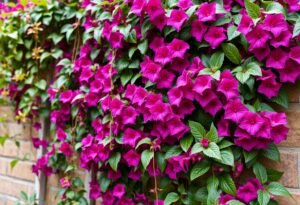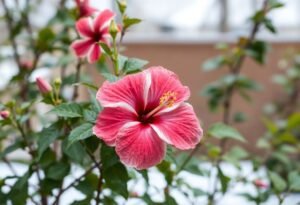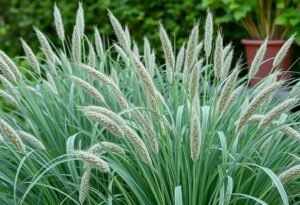Why Is Deadheading Lavender Important?
Understanding how do you deadhead lavender begins with recognizing the importance of this practice. Deadheading is the process of removing spent blooms, which encourages the plant to produce new flowers and extends its blooming period. Without deadheading, lavender can become woody and less productive over time. Regularly removing old flower heads also prevents the energy-draining seed production, allowing the plant to thrive.
Best Time to Deadhead Lavender
Wondering when to start? The best time to learn how do you deadhead lavender is after the first bloom fades, which typically occurs in late spring to early summer. This helps ensure that the plant focuses its energy on rerouting nutrients to grow fresh blooms. If you wait too long, the plant may focus on seed production and lose vigor. Seasonal maintenance is crucial for your lavender’s overall health.
Essential Tools for Deadheading
Before you initiate the process, equip yourself with the right tools. Sharp garden shears or pruning scissors are the best choice for deadheading lavender. A clean cut minimizes damage to the plant, which promotes healing and encourages further growth. Accumulation of dirt or rust on tools can spread disease among plants, so always clean your tools before use.
How to Effectively Deadhead Lavender
Now that you’re ready, let’s jump into the details. How do you deadhead lavender effectively? Start by identifying the spent blooms. Cut just above the leaves or where the flower stem meets the plant to make your cuts neat and intentional. This minimizes stress on the plant and encourages more blossoms. Aim to remove about one-third of the flower stem, promoting a fuller growth.
Caring for Lavender After Deadheading
After you’ve mastered the technique of deadheading lavender, it’s important to care for your plants properly. Ensure they have good drainage—lavender thrives in well-drained soils. If your soil tends to hold moisture, consider planting lavender in containers or raised beds. Water the plants lightly to avoid heavy saturation. Mulching may also help retain some moisture without overwhelming the roots.
Deadheading Beyond Spring: Late Summer Tips
Don’t settle for just one round of deadheading; there’s more to consider! Learning how do you deadhead lavender also includes a strategy for late summer. Encourage additional blooms by cutting back spent flowers later in the summer. This will prepare the plant for fall and even allow for a second flush of blooms before winter sets in. Engage in this practice, and watch your garden come alive once more!
Popular Lavender Varieties and Care Techniques
Each lavender variety may have a slightly different requirement when it comes to deadheading. English Lavender (Lavandula angustifolia) is renowned for its fragrance and beautiful blooms. In contrast, French Lavender (Lavandula dentata) may require more attention to maintenance. Familiarizing yourself with the specific needs of each type can enhance their beauty and longevity.
Conclusion
In conclusion, knowing how do you deadhead lavender is a rewarding skill that pays off in countless blossoms and uplifting scents for your garden. Take the time to learn these essential techniques, and you’ll find yourself not only with healthier plants but also a more beautiful outdoor space. Why wait? Grab your tools and start this delightful journey today!
Disclaimer
The information in this article is for educational purposes only and should not substitute for professional gardening advice. Always tailor your actions to the specific needs of your plants.

















